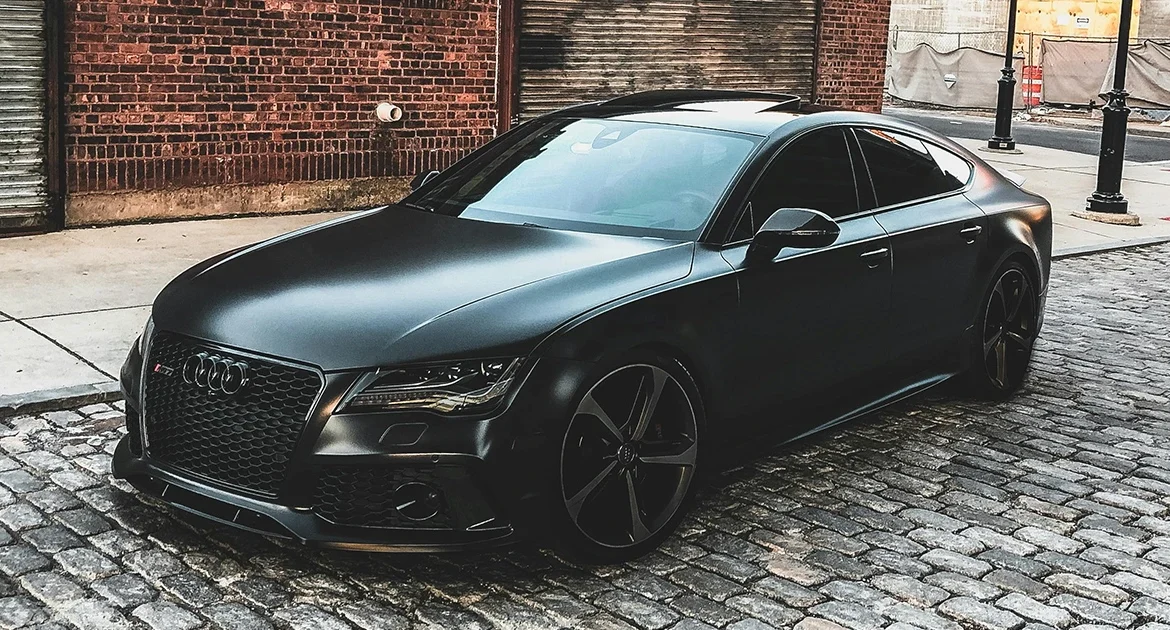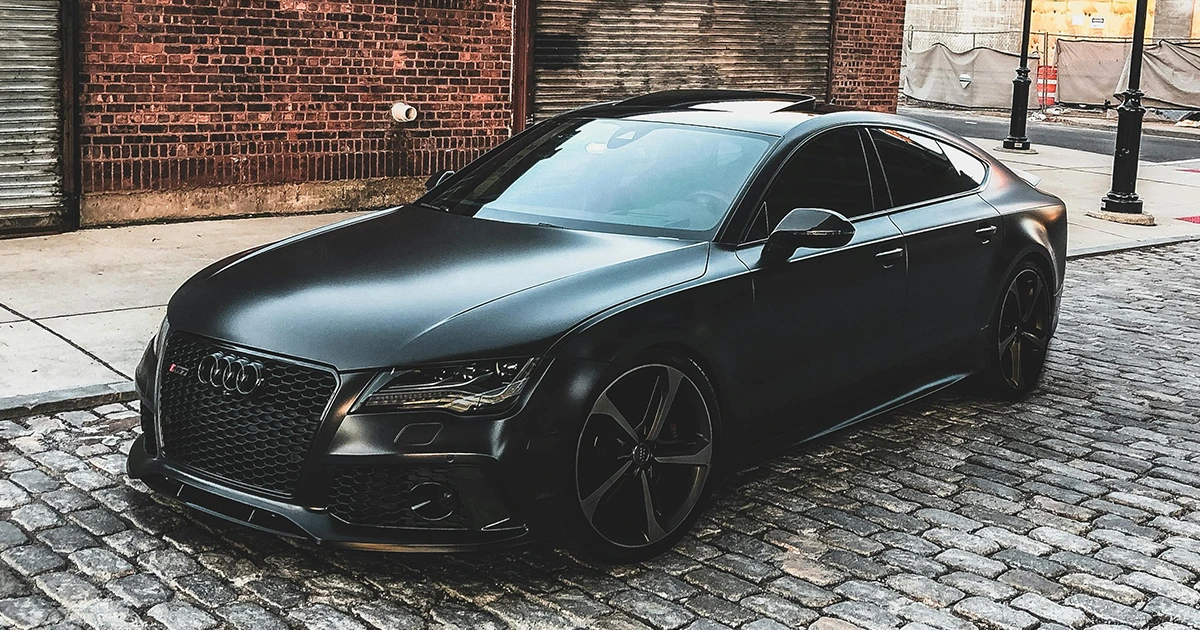Can You Tint Your Windscreen in New Zealand?
Driving frequently might make you consider the advantages of tinted windows, but what about tinting your windshield? In New Zealand, regulations governing vehicle glazing are outlined in the Land Transport Rule: Glazing, Windscreen Wipe and Wash, and Mirrors 1999.
Windscreen Tinting Regulations in New Zealand
In New Zealand, tinting of the windscreen is not permitted. The only exception is a small anti-glare band at the top of the windshield. There are no specific size requirements for this band, but it must not extend beyond the bottom edge of the sunglasses when they are folded down. Additionally, the band cannot have any text that extends lower than 100mm from the top of the windscreen.
Newer vehicles often come with privacy glass, which is a slight factory-applied tint. While the Land Transport Rule does not specifically ban privacy glass, it mandates that:
- The overall visible light transmittance (VLT) of the windscreen must be at least 70%.
This VLT requirement is higher than for other windows on the vehicle.
Why Is Full Windscreen Tinting Prohibited?
The restriction on tinting windscreens is not unique to New Zealand; most countries have similar regulations. The primary reason is safety. While window tinting doesn’t block all light, it does reduce visibility, which can impact your ability to see the road and obstacles clearly. Moreover, tinted windows can obstruct the view of pedestrians, cyclists, and other drivers, making it harder to gauge their movements and intentions.
Tinting Other Windows of Your Vehicle
Unlike the windscreen, tinting other vehicle windows is allowed under New Zealand law, with some VLT restrictions:
- For class MA vehicles (most passenger cars, SUVs, UTEs, and vans), the side and rear windows must have a VLT of at least 35%.
- Front-side windows (either side of the driver) must also have a VLT of at least 35%. There are no VLT restrictions on rear windows if the vehicle has external rear-view mirrors on both sides.
For specific VLT limits for your vehicle, consult a professional window tint installer.
Professional Tint Installation
It’s advisable to seek professional advice and installation for window tinting. Professional installers can help you understand the rules applicable to your vehicle and choose the right type of tint for your needs. Proper installation also ensures that your tint will be durable and provide long-lasting benefits.
Car Window Tinting FAQ
What is car window tinting?
Car window tinting involves applying a thin, transparent film to the inside of a vehicle’s windows. This film serves to reduce visible light, heat, and ultraviolet (UV) radiation from entering the car. The benefits of window tinting include enhanced privacy, increased comfort, and protection for both passengers and the vehicle’s interior.
Is Car Window Tinting Legal in New Zealand?
Yes, car window tinting is legal in New Zealand, provided it complies with specific regulations designed to ensure road safety.
According to the New Zealand Transport Agency (NZTA):
- Front Side Windows: These are the windows on either side of the driver’s seat. They must have a minimum visible light transmittance (VLT) of 35% when fitted with transparent overlays.
- Rear Windows (behind the driver’s seat): For class MA vehicles—such as sedans, station wagons, hatchbacks, sports cars, convertibles, crossovers (CUVs), and various SUVs and passenger vans—the rear windows must also have a minimum VLT of 35%.
If you’re unsure about your vehicle’s classification, feel free to contact us for assistance!
How Much Does Car Window Tinting Cost in New Zealand?
In New Zealand, the cost of car window tinting can vary based on factors such as your vehicle’s size and type, the quality of the tinting film, and the complexity of the installation. On average, you can expect to pay between NZD 200 and NZD 600 for a complete car tinting service.
How Long Does It Take to Tint My Car Windows?
The time needed to tint your car windows varies based on the vehicle’s size, the number of windows, and the installer’s experience. Typically, a professional tinting job for a standard car takes between 2 and 4 hours. However, larger vehicles or more intricate jobs may require additional time.
What Are the Benefits of Car Window Tinting?
Car window tinting provides numerous advantages, such as enhanced privacy, reduced glare, increased UV protection, improved comfort, better fuel efficiency, and an upgraded look for your vehicle.
Can I Clean My Windows After Getting Them Tinted?
Yes, you can clean your windows after tinting, but it’s best to wait 3 to 5 days for the tint to fully dry and cure. Once the tint is properly set, use a soft cloth and ammonia-free cleaning solutions to clean your windows, as these will help prevent damage to the film.
How Long Does Car Window Tinting Last?
The longevity of car window tinting depends on the quality of the film, the installation, and how well it’s maintained. High-quality tint films, when properly installed and cared for, can last up to 10 years or more. In contrast, lower-quality films may start to fade, bubble, or peel after only a few years.
Can I Remove or Replace My Car Window Tint?
Yes, you can remove or replace your car window tint if it begins to fade, bubble, or peel, or if you want to change to a different shade or type of film. It’s best to have a professional handle the removal and replacement to avoid damaging your windows or the vehicle’s defrost lines.
Is car window tinting covered under the warranty?
Many reputable car window tinting companies provide a warranty for their products and services. This warranty usually covers defects in materials and workmanship, such as peeling, bubbling, or fading. Be sure to inquire about the warranty terms and conditions before having your car windows tinted.
What Types of Tint Film Are Available?
There are various types of tint films to choose from, including dyed, metallic, carbon, ceramic, and crystalline films. Each type provides different levels of heat rejection, UV protection, and visibility. A professional tinting service can assist you in selecting the best option for your specific needs.
Does Window Tinting Affect My Vehicle’s Defroster?
When applied correctly, window tinting should not affect your vehicle’s defroster. However, improper installation can cause issues, such as peeling or bubbling of the tint film near the defroster lines. To prevent such problems, make sure your tinting is done by an experienced professional.



Leave a Reply